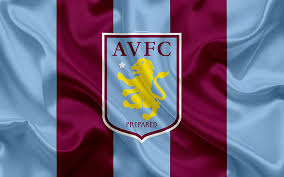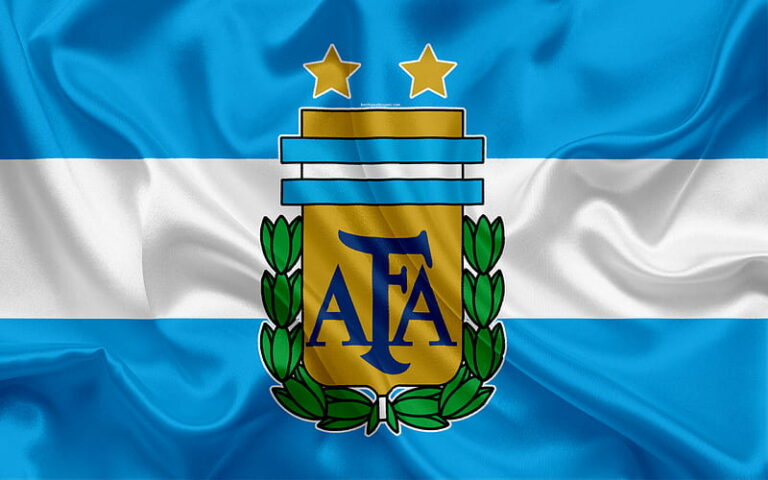
IF Gnistan FC
IF Gnistan FC is a name that resonates deeply within Finnish football circles, embodying resilience, local pride, and a passionate community spirit. This beloved club’s journey from modest beginnings to becoming a recognized entity in Finnish football showcases the dedication of players, staff, and supporters alike. In this comprehensive exploration, we will delve into the history, culture, development, and future prospects of IF Gnistan FC, painting a vivid picture of what makes this club unique in the landscape of Finnish sports https://j88.store/.
The Historical Roots and Evolution of IF Gnistan FC
Understanding IF Gnistan FC requires an appreciation for its rich history and evolution over the decades. Established in the early 20th century, the club has navigated through periods of growth, challenges, and resurgence, shaping its identity along the way.
Origins and Founding Principles
The origins of IF Gnistan FC trace back to the early 1920s when a group of young enthusiasts in Helsinki sought to create a platform for sport and camaraderie. The club was founded with core principles emphasizing amateurism, community involvement, and fostering local talent. These foundational values have persisted throughout the club’s history, guiding its development and ethos.
In its initial years, Gnistan played primarily in local leagues, establishing a grassroots presence that would become the bedrock of its future successes. The emphasis was on inclusivity and developing young players, rather than immediate competitive success. This approach cultivated a loyal fanbase rooted in the neighborhood communities, which remains vital today.
Growth Through the Mid-20th Century
The post-war era brought a wave of modernization and increased competitiveness to Finnish football. During this period, IF Gnistan FC began participating in higher divisions, gradually ascending through regional competitions. The club’s infrastructure improved, including the development of dedicated training facilities and youth academies.
A significant milestone occurred in the 1950s when Gnistan secured promotion to Finland’s second division. This achievement marked a turning point, as it positioned the club more prominently within national football circles. Notably, this era also saw the strengthening of club administration and strategic planning, setting the stage for sustained growth.
Challenges, Resilience, and Rebuilding in the Late 20th Century
Like many historic clubs, IF Gnistan FC faced setbacks, including relegations, financial constraints, and shifts in club management. The late 20th century was characterized by periods of instability; however, the community’s unwavering support played a crucial role in revitalizing the club.
A defining moment was the reorganization of the club in the early 2000s, focusing on youth development and sustainable growth. Investments in coaching staff, facilities, and scouting networks helped rebuild the club’s competitiveness, allowing Gnistan to solidify its position within the Finnish football hierarchy.
Recent Years: A New Era of Ambition and Growth
In recent years, IF Gnistan FC has experienced significant progress, aiming to ascend further up the Finnish football pyramid. The club’s management has emphasized professionalism, strategic marketing, and fostering local talent. These efforts culminated in promotions to higher divisions, increased attendance, and a broader supporter base.



